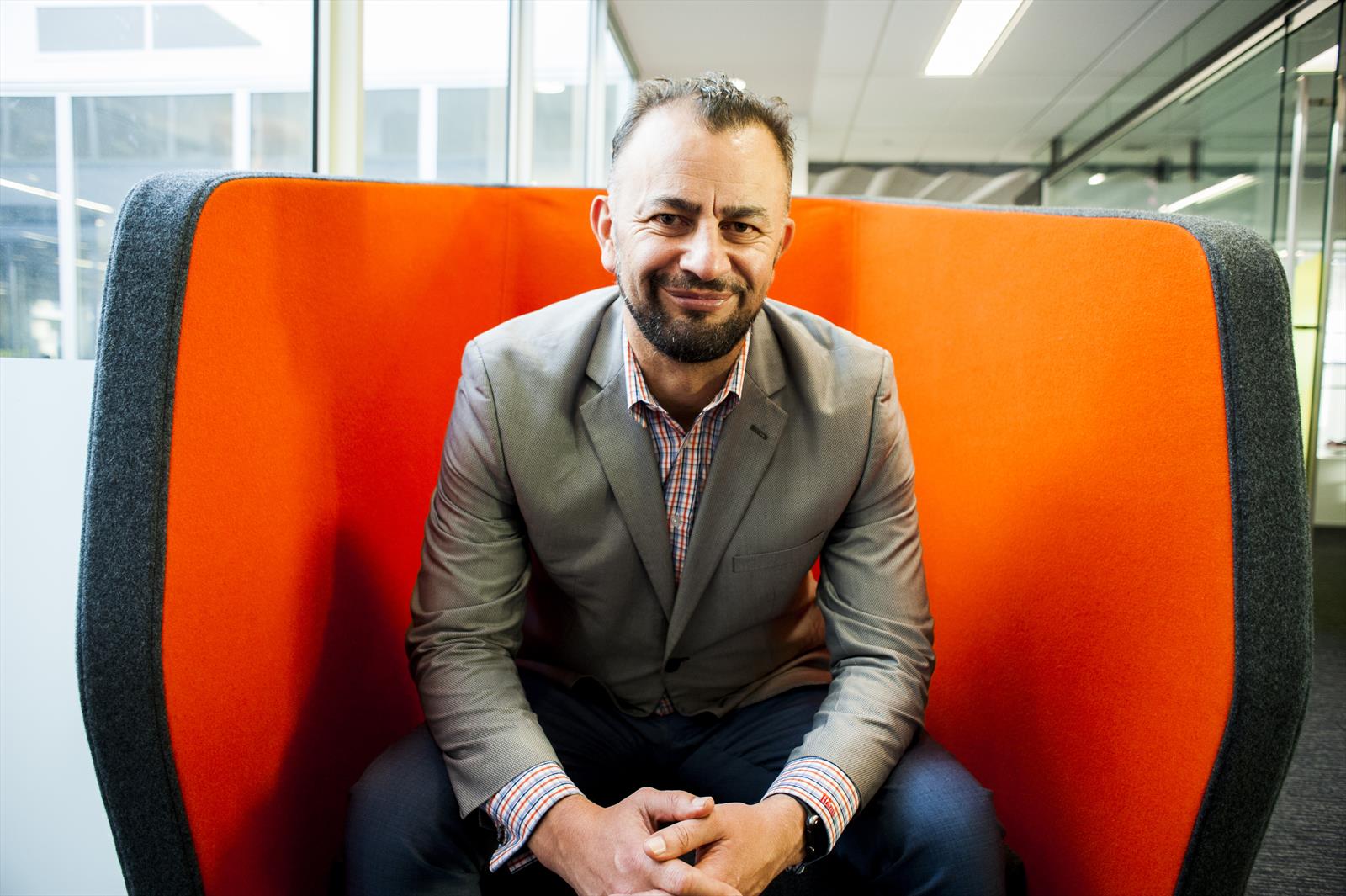At a time when farming is facing a number of challenges globally, Callaghan Innovation says New Zealand has a unique opportunity to capitalise on its reputation as one of the world’s four key agritech locations.
As the country celebrates 50 years of Fieldays®, the biggest farming event of the year, it is also reflecting on what the future looks like for our largest industry. Agritech offers the industry an opportunity to innovate global solutions while creating more resilience in the face of significant challenges.
New Zealand is seen as one of four locations to watch for agritech solutions alongside Silicon Valley, Boston, and Amsterdam*. This is based on our capabilities in agriculture, our primary export economy and our natural resources, says Hemi Rolleston (pictured), Callaghan Innovation’s Sectors General Manager.
“We are also acknowledged for our ability to solve problems quickly and efficiently in a suitably regulated, yet agile private and public innovation ecosystem. We can capitalise on this to turn our $1 billion of agritech exports into a market of many billions,” Mr Rolleston says.
“The demand for agritech solutions is growing in New Zealand as the industry starts to understand the benefits. However, a significant amount of the products we use are imported and we have a big job ahead to grow our own agritech sector to take advantage demand.
“A recent Callaghan Innovation white paper for example predicts artificial intelligence will have an extreme impact in agriculture over the next decade. We need to ask how we can be a leader in these kinds of solutions.”
While the primary sector accounts for about 70 percent of New Zealand’s exports by value, just five per cent of businesses in agriculture, forestry and fishing invested in research and development (R&D) in 2016. This is down from a peak of nine per cent in 2012 and compares with 18 percent of manufacturing businesses which invested in R&D in 2016**.
The agritech sector can build on its success stories, many highlighted in the 2018 Fieldays Innovation Awards, Mr Rolleston says. Recently these have included agricultural robotics startup Robotics Plus, which has attracted Yamaha Motor Co. as an investor, and BioLumic, creators of the first ultraviolet crop yield enhancement system, which has raised $5 million in Series A funding.
There are other signs the industry is gearing up, he explains. Callaghan Innovation has engaged with 25 percent more agritech clients in the past year, and a third of the agritech companies it helped in 2017 were startups. Of the NZ$86 million invested in NZ early stage businesses in 2017, 10 percent was directed at Agritech businesses, well above the global average***.
“New Zealand Inc must continue to find ways to cultivate a continuous agritech startup pipeline, and to encourage agricultural businesses to invest in R&D,” Mr Rolleston urges.
“We’ve always had a number 8 wire culture in farming but it is crucial we power that up with science and technology, particularly in order to keep pace with our international competitors who are investing heavily in agritech innovation.”
Mr Rolleston says often the hardest part is knowing where to start and is encouraging interested businesses to get in touch or check out the innovation support available. Callaghan Innovation has agritech experts working hand-in-hand with firms of all different sizes to develop and protect their technology, commercialise their products, source R&D support, grow their markets and connect into the domestic and global innovation ecosystem.




